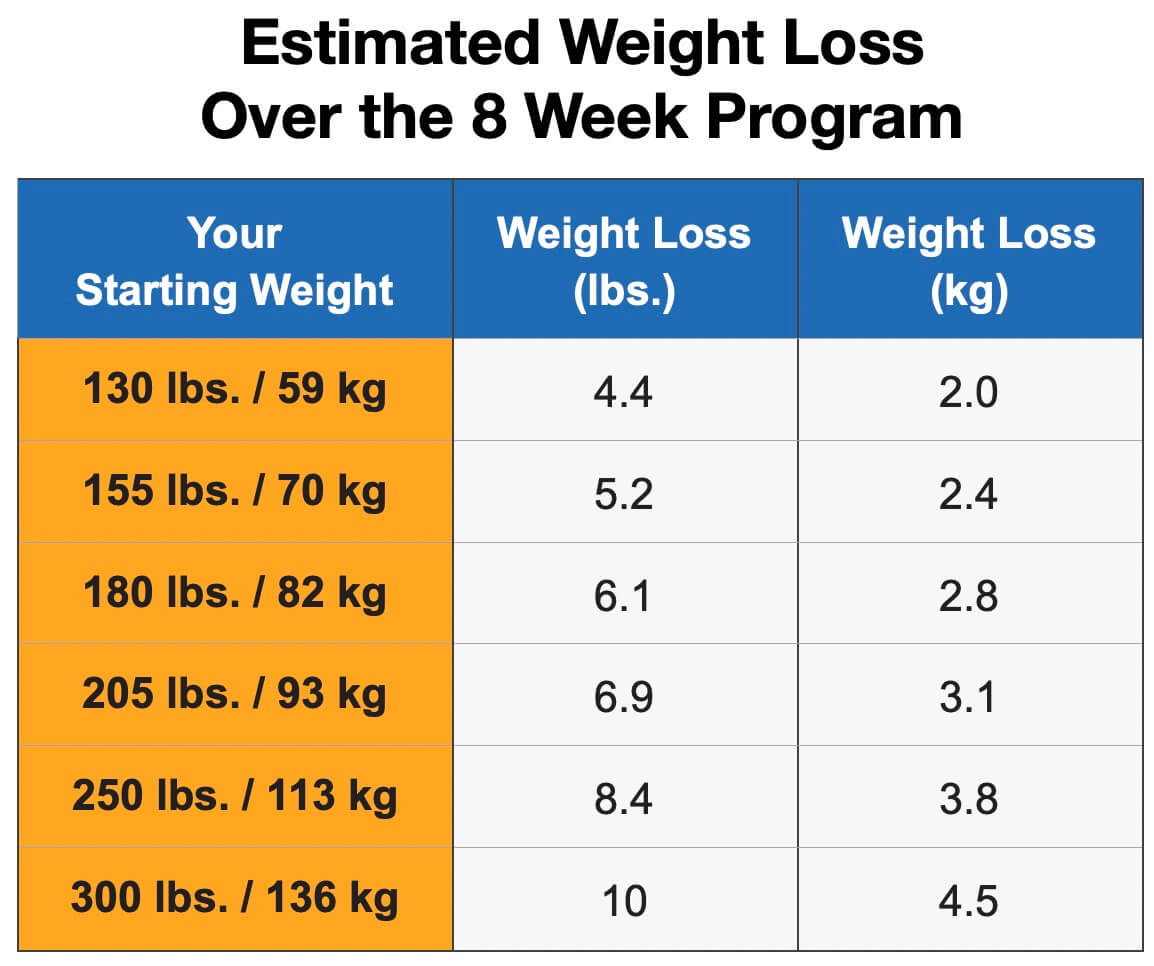
A heart-healthy diet is a great choice for any person, regardless of age. This type of diet encourages fresh and healthy foods and will help you to lose weight. You can learn more about these types of diets in this article. Here are some tips to follow while on this type of diet. Start with your daily meals.
Everyone should eat heart-healthy meals
A heart-healthy diet is beneficial for all ages. They can reduce their chances of developing heart diseases and practice healthy eating habits throughout their lives. The best foods for heart health are those that are colorful, low in saturated fat, and rich in fiber. Increase your consumption of fruits and vegetables like oranges, apricots, and reduce the intake of processed food. Choose lean meats with less than 10% fat. Also, limit your intake of butter, and use low-fat substitutes to avoid fattening foods.
Healthy food for the heart is salmon and albacore tuna. These foods are high in omega-3s that protect the heart and lower the risk of getting heart disease. Monounsaturated fats such as olive oil can be used to replace unhealthy fats in the diet.
They promote weight loss
Cardiovascular diet menus encourage healthy eating habits and avoid processed foods. These menus promote the consumption of oily fish, vegetables, and limit the intake of sugar and saturated fats. Flaked almonds, lowfat yogurt, blueberries and other healthy options are encouraged.

If you're not used to following a strict diet, it can be hard to adhere to cardiovascular diets. Although you can add herbs and spice to your food, it is best to avoid high-calorie condiments and sauces. When dining out, limit your intake of alcohol.
They are good for your heart health
Cardiovascular diets promote heart health by eating a variety healthy foods. This helps to lower the risk of developing cardiovascular disease. They encourage people to limit their intake of unhealthy processed foods, choose lean meat and fish, and eat a wide variety of vegetables and fruits. They also restrict their intake of fat and sodium. These heart-healthy meals also restrict the intake of sodas, sugar-sweetened beverages, as well as other processed foods.
Cardiovascular diet menus are based on whole grains, fruits, vegetables, oily fish, low-saturated oils, and whole grains. Sugar and red beef should be avoided. You should also avoid white bread and refined carbohydrates.
They encourage fresh food
The cardiac diet emphasizes fresh fruits, vegetables, whole grains, oily seafood, and other heart-healthy food choices. It discourages consumption of sugar, processed foods, and red-meat, all of which can increase your chances for developing heart disease. The menu can help with healthy eating choices, as well as provide guidance for meal planning. To maintain your cardiovascular health, you should include exercise every day.
You must follow strict guidelines to avoid adverse effects. The diet also restricts the food you can eat at specific meals. Most meals on this diet consist of protein, fruit, and vegetables. The other two days can be used to maintain a normal diet.

They reduce sodium intake
When it comes to a cardiac diet menu, a key component is limiting sodium intake. Many foods laden with sodium are considered unhealthy for your heart, so you should look for options that are lower in sodium. You can also use citrus juice and salt-free spices to make this happen. When shopping for meat and poultry, choose the least processed form. Avoid sauces and other ingredients that are high in sodium, like flavored rice and ready-to-eat pasta. Ask for nutritional information when ordering from restaurants and choose a dish with fewer sodium. If possible, share your meal with a friend.
You can lose weight, lower your cholesterol, and improve your overall health by eating a heart-healthy diet. Eating heart healthy foods can increase energy. The best foods for you will depend on how your lifestyle is structured and what risk factors you have.
FAQ
What is the best way to exercise when you are busy?
Exercise at home is the best method to stay fit. You don't need to join any gym. It is possible to perform basic exercises at home with minimal equipment.
You will need a pair, mat, chair, timer, and some dumbbells.
Your most important goal is to keep up your fitness routine. You could lose motivation if your workouts are not consistent for more than a few consecutive days.
Three times per week is a good way to begin. This could include squats, lunges, push-ups, pull-ups, dips, curls, etc.
Once you have mastered the basic movements, it is possible to move on to other types such as running and jumping rope, skipping or yoga, Pilates, dance, swimming, weight lifting, tennis, golf, playing basketball, soccer, volleyball, badminton or squash.
Make sure you choose the right exercise program for your needs. Avoid exercises that demand too much energy if you work long hours.
If you're a night owl then it is better to exercise in the evening than in the morning.
Be aware of your body and rest when you feel tired.
What can you drink while intermittent fasting is in effect?
Get water in the morning. It will help you feel fuller, faster, and it will give you energy throughout your day. Add lemon juice or cucumber pieces to spice it up.
What foods will help me lose weight more quickly?
Eating fewer calories can help you lose weight faster. There are two ways to do this:
-
Reduce the amount of calories you consume daily.
-
Get more exercise to increase your metabolism.
It is easy to reduce calories. There are calorie-laden fast food options all around us. Here's how to lose those extra pounds.
-
Beans contain high levels of fiber and protein. Beans are low in fat and therefore a great choice for those who are trying to cut down on their caloric intake.
-
Oatmeal, while low in calories, is high in nutrients like potassium and magnesium. Oatmeal is lower in sugar than other cereals.
-
Eggs are high in cholesterol and protein. Eggs can be eaten once or twice per week to increase metabolism, which will help you burn more calories during the day.
-
Whole grain bread has been shown to reduce hunger pangs so that you may feel fuller longer.
-
Dark chocolate contains antioxidants and flavonoids that have been linked both to better cardiovascular health and lower blood pressure.
-
Cottage cheese is rich in calcium which aids in bone strength. Cottage cheese is also a good source for vitamin D which helps boost immunity.
-
Omega-3 fatty acid rich salmon is good for your brain and cardiovascular health.
-
Green tea contains a lot of catechins. These are compounds that can fight cancer and improve metabolism.
-
Broccoli has a lot of folic, which can lower homocysteine in the blood. Homocysteine levels that are high have been linked to increased risks of heart disease and stroke.
-
Yogurt is a great way to add probiotics into your diet without loading up on added sugars. Probiotics play an important role in digestive health.
-
Berries can be a healthy snack choice that tastes great and is very nutritious. Blueberries (strawberries), blackberries; raspberries and cranberries all provide excellent sources of vitamins.
-
Avocados are full of healthy fats. Half an avocado is only 80 calories, but it contains plenty of fiber and potassium.
-
Nuts are delicious snacks that also provide a lot of protein. Nuts include cashews (almonds), hazelnuts (pecans), walnuts, walnuts, and pistachios.
-
Sweet potatoes are another starchy vegetable that's packed with beta carotene, which makes your skin glow. The orange sweet potato variety has a higher level of beta-carotene than regular sweet potato varieties.
Can I eat fruits when I am intermittently fasting?
The health benefits of fruits are numerous. They are rich in vitamins, minerals and fiber. However, they contain sugar, which can cause blood glucose to rise. This can lead to insulin resistance and weight gain. If you are looking to lose weight through an IF diet you need to choose low glycemic-index fruits such as oranges, pears, berries and melons.
What is the best exercise for weight loss?
There are many factors that impact the amount you exercise to lose weight. Most people require moderate activity at least five days per week.
The American College of Sports Medicine recommends 150 minutes of moderate-intensity aerobic activity each week, spread over three days.
For example, if you want to lose 10 pounds, aim to do 300 minutes of moderate-intensity exercise each week. This includes activities such brisk walking and swimming laps, bicycling, dancing, playing tennis or golfing, hiking, running, jogging and other similar activities.
Start out with 20 minutes of vigorous physical activity three times weekly if you're just getting started. These activities could include sprints and lifting weights.
Aerobic exercise can also help you burn calories and increase muscle mass. Muscles burn more calories than fat. Building muscle and losing weight could help you get there faster.
How often do people fast regularly?
The majority of people who follow the ketogenic diet fast only once a week. Some people fast twice a week. Others fast three or more times per week.
The length of each fast varies too. Some people fast 24 hours, while others fast 48 hours.
Some people can even travel for up to 72 hours. However, these extreme cases are rare.
Does intermittent fasting affect my sleep?
Yes, intermittent fasting can have an impact on your sleep. Your hunger hormones can rise if you skip meals. This can lead to you waking up early in the morning.
This is why most experts recommend skipping breakfast. Instead, experts suggest eating a light snack just before bed.
If you're still hungry after this snack you can have a small meal right before going to sleep.
But remember not to overeat. If you do this, you might gain weight instead of losing it.
Statistics
- According to Harvard Health, it's estimated that a 155-pound (70-kg) person burns roughly 112 calories per 30 minutes of weight training (5). (healthline.com)
- A 12-week study in 20 women with obesity found that walking for 50–70 minutes 3 times per week reduced body fat and waist circumference by an average of 1.5% and 1.1 inches (2.8 cm), respectively (healthline.com)
- Among women, the increase in metabolic rate was nearly 4%, or 50 more calories per day (14Trusted Source (healthline.com)
- One study in 9 active men found that HIIT burned 25–30% more calories per minute than other types of exercises, including weight training, cycling, and running on a treadmill (18Trusted Source (healthline.com)
External Links
How To
How to Intermittent Fasting
Intermittent fasting refers to a diet where you only eat one day per semaine, typically Monday through Friday. The goal is to decrease your overall calories and still get adequate nutrition. This is believed to help you burn more fat than if your meals were regular throughout the week.
The most popular form of IF is to limit calories to certain days. This means that you might skip breakfast every day and then indulge in whatever food you desire throughout the day. You could also choose to eat three small meals daily rather than two large ones.
You can choose from many different types of intermittent fasting such as alternate day fasting (alternative day fasting), 5/2 fasts (8/4 fasts), 16/8 fasts, and so on. Each form of intermittent fasting comes with its own pros and cons. Alternate-day fasting is the easiest method to get started because it doesn't require any significant lifestyle changes. Some people may find it difficult to adhere to such a strict schedule, so they might try other methods.
If you want to try intermittent fasting, I suggest starting with alternate-day fasting. This will allow to slowly transition to more extreme fasting regimens without drastically changing your lifestyle.